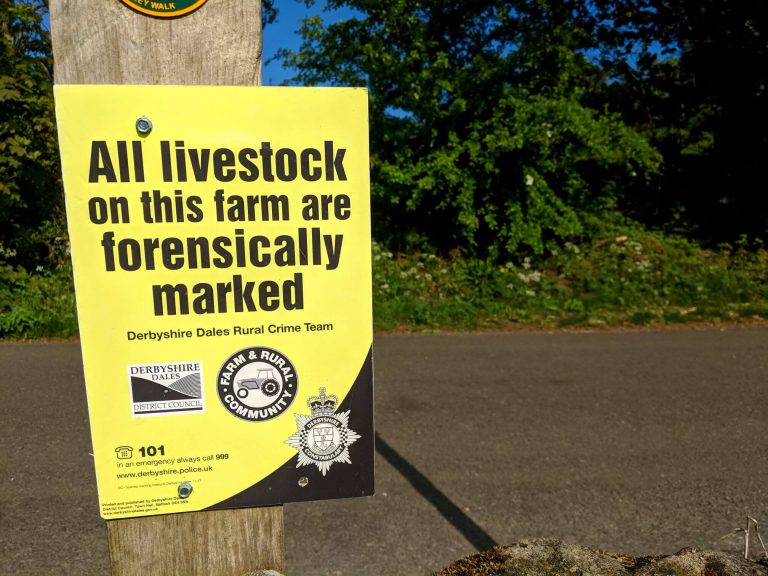Livestock rustling is a common problem for farms and rural businesses of all sizes, and that’s not surprising when you consider there are 140,000 miles of public rights of way in England and Wales and a ‘right to roam’ across Scotland.
When you add in the growing popularity of country walks following the pandemic, and a rise in the number of new dog owners, there’s an increased risk to livestock from members of the public who aren’t used to the countryside and are unaware of the Countryside Code.
In insurance terms, farmers are liable for the actions of their livestock. They also owe a duty of care to those on their land. These two factors mean farmers can be held responsible for a farming incident, should a member of the public suffer injury on your property.
The Health & Safety Executive (HSE) regularly investigates incidents involving cattle and members of the public, almost all of them in fields and enclosed areas. The two most common factors in and around farmland are cows with calves and walkers with dogs. There is also the issue of unpredictable bull behaviour to consider, which many walkers don’t always appreciate.
Less experienced walkers and children in particular may not understand that cattle with calves may present a risk due to protective maternal instincts and may go on the attack, even without direct provocation
Aside from the severe injury which can occur to both animal stock and humans, significant property damage may be caused by livestock running into fences in attempts to escape a dog attack.
Can I prevent the public crossing my land?
The Countryside and Rights of Way Act 2000 (CROW) gives the public the right to walk on mapped access land, which includes mountain, moor, heath, down, and registered common land. They do not have the right to access private land which doesn’t fall under this legislation; however, these regulations don’t always stop the public. In Scotland, the Land Reform Act 2003 gives anyone rights of access over land throughout the country, provided they behave responsibly and subject to specific exclusions set out in the Act.
We believe it’s best to work with the public and help them access the land responsibly and safely be following these two main guidelines
- Put up clear signage to warn of the dangers and provide advice. For instance: ‘Bull in Field’ and ‘Keep all Dogs on Leads’
- Signpost paths to help people keep to where they should be, and not where they shouldn’t
Take steps to lower risk. These include:
- Considering the level of potential public exposure when grazing your livestock – some fields may not be suitable for heifers and their calves or bulls
- Fitting gates or other means of closure at field entry points – preferably spring loaded that are at least of equal height to the perimeter fencing
- Checking cattle regularly for illness or injuries which could become causes of aggression
- Taking extra precautions for bulls. Some recognised dairy breeds are banned from being in large in fields crossed by public rights of way.
Insurance
It’s your responsibility to ensure that safety of anyone on your land, legally or otherwise.
Having the correct level of Public Liability cover is vital.
Typically, farm insurance policies now cover public liability to a limit of £10m and we strongly recommend this as a minimum to fully protect your interests.
Rights of way disputes can be expensive, so consider Legal Expenses cover. This can include access to a free legal advice helpline.

